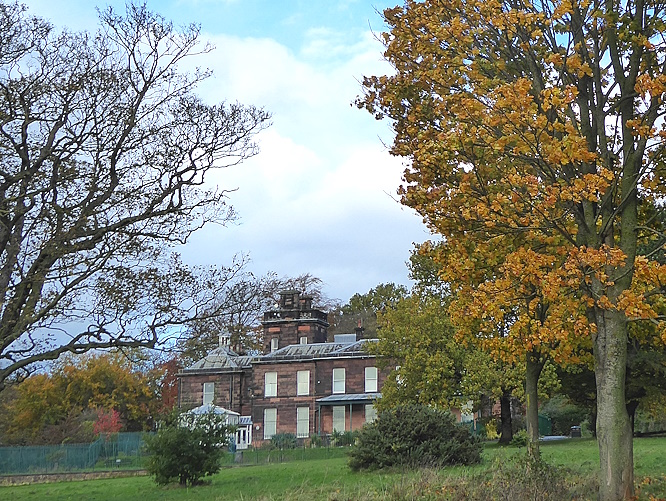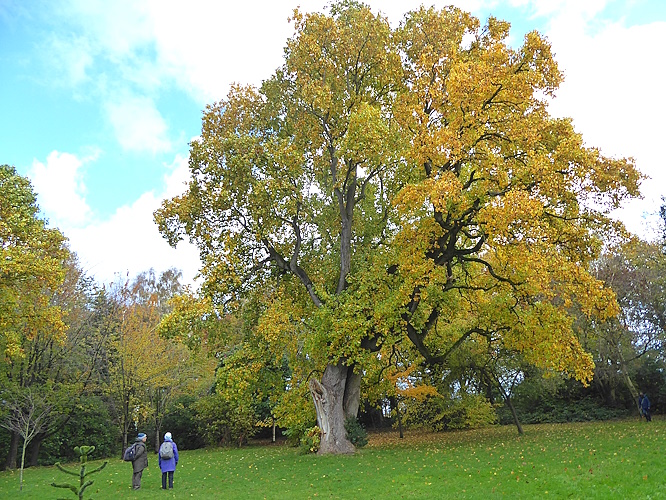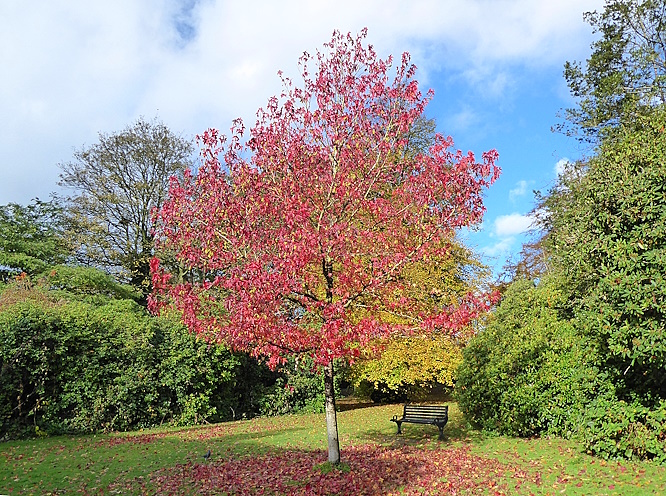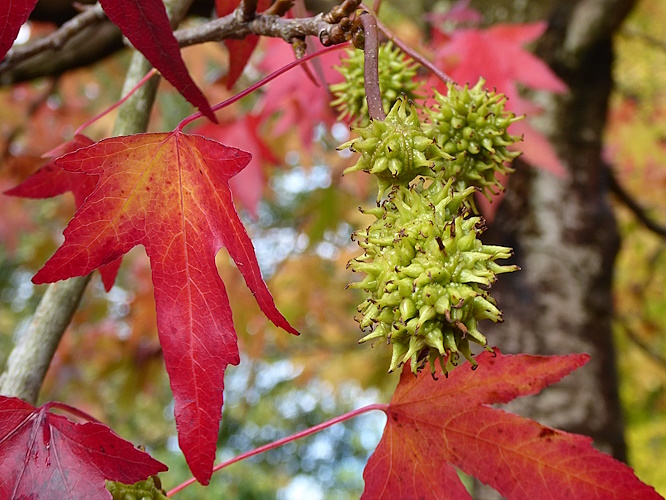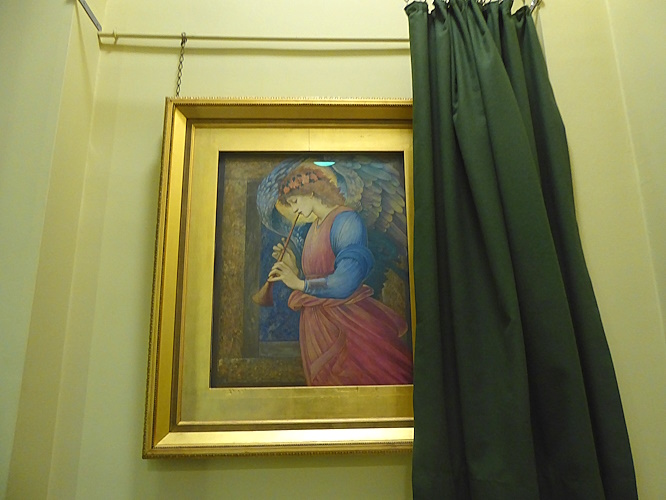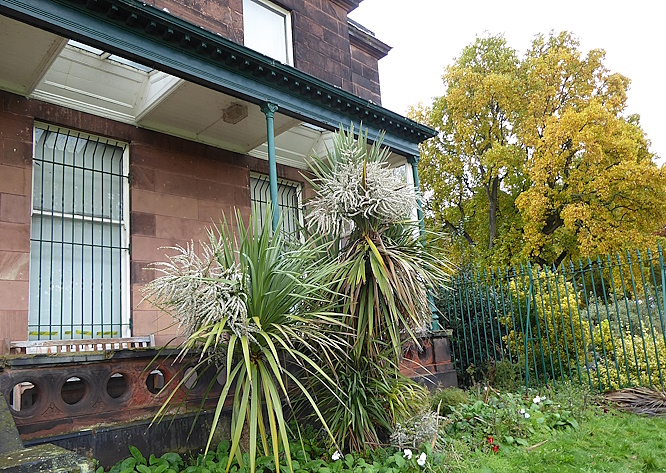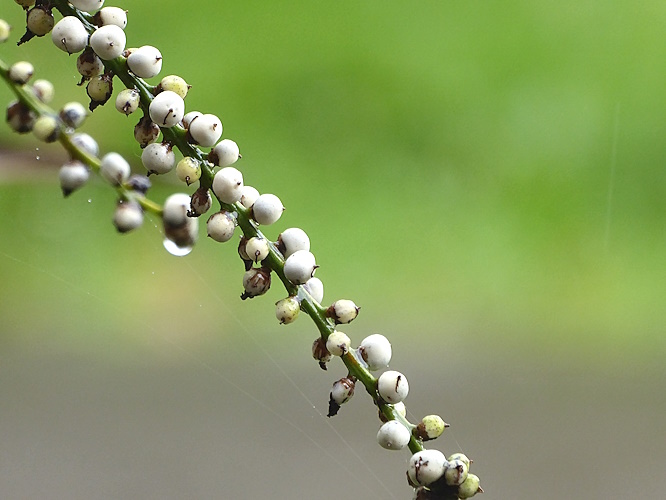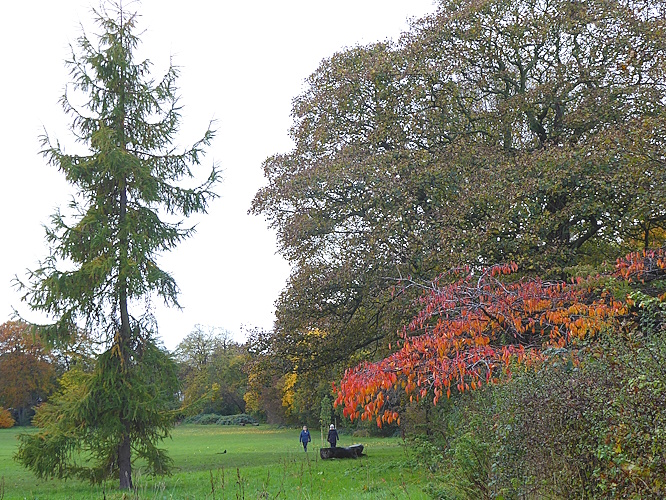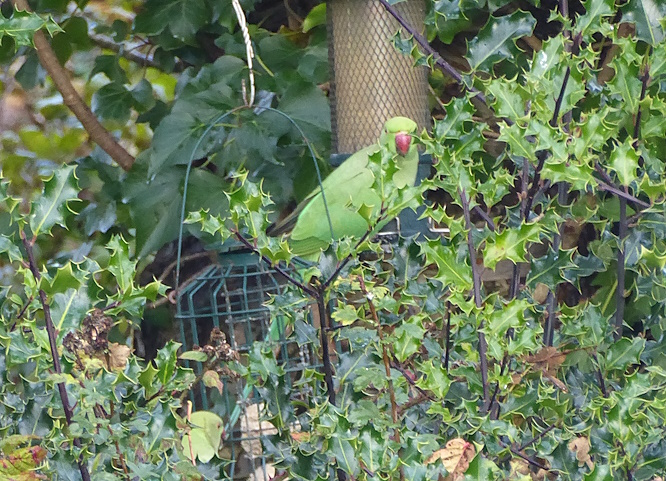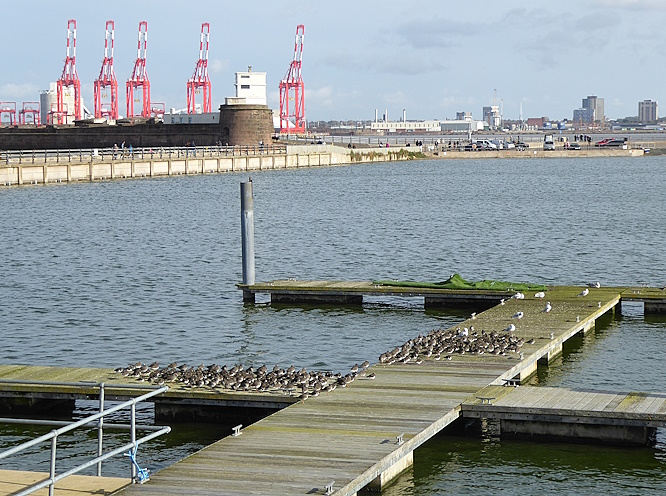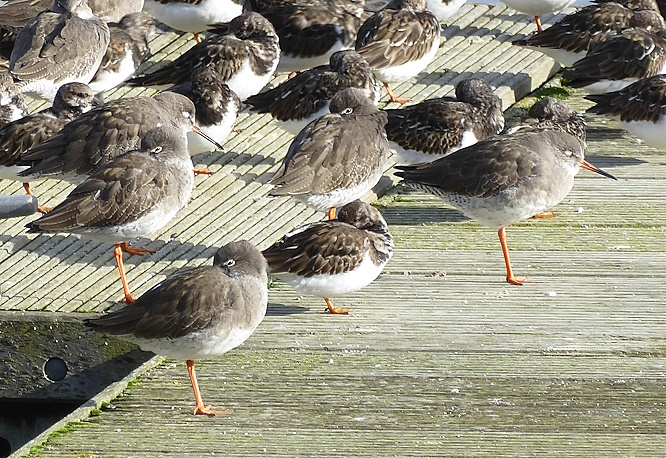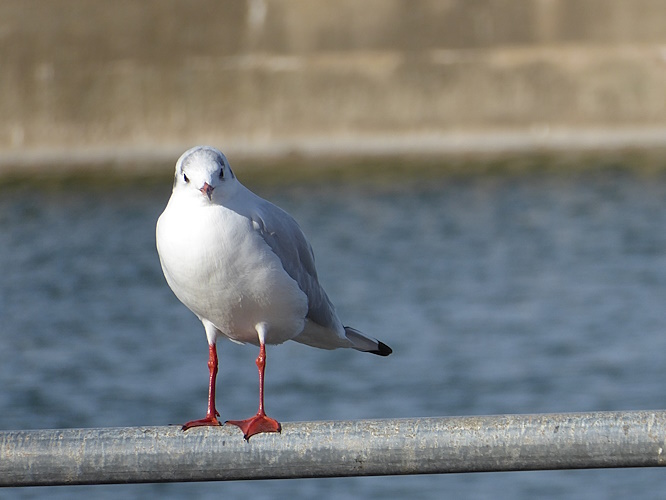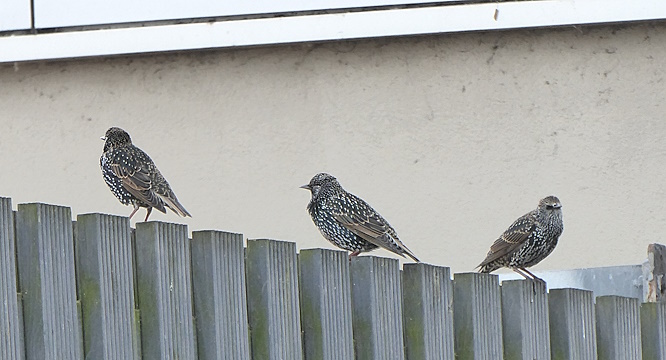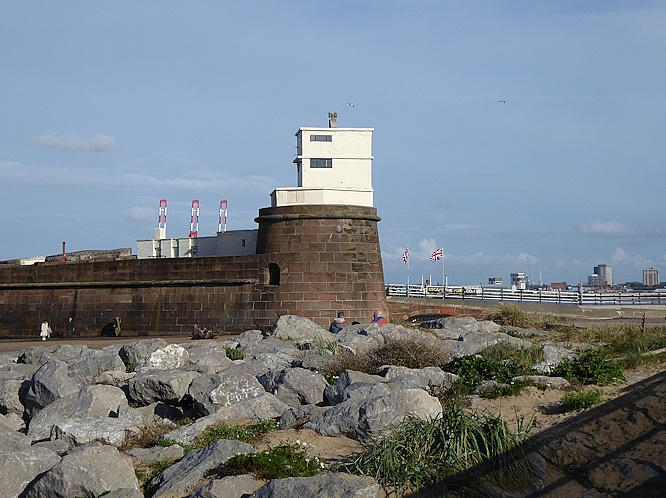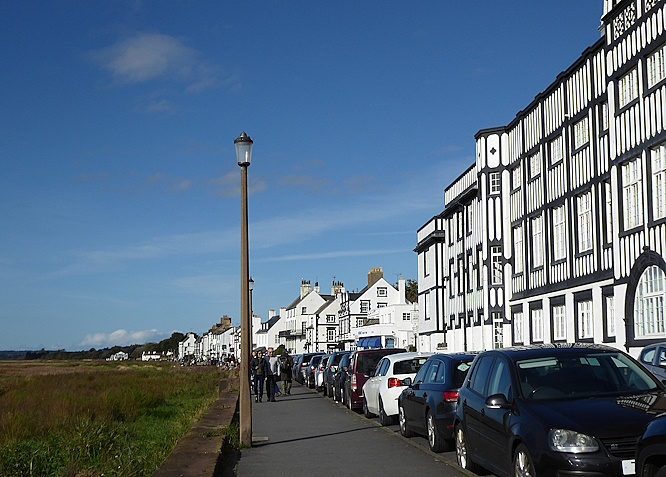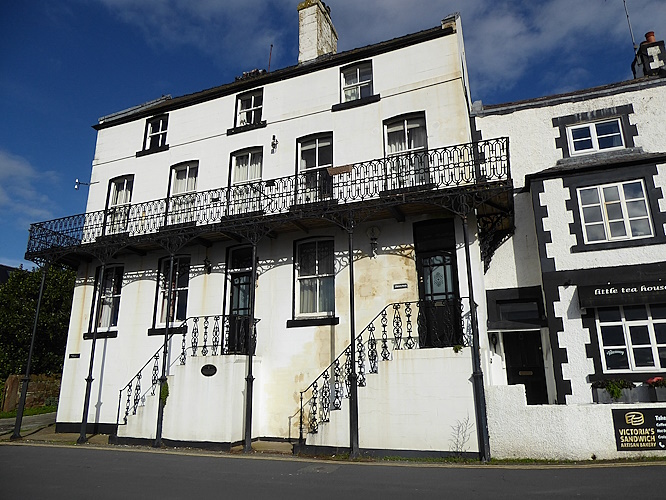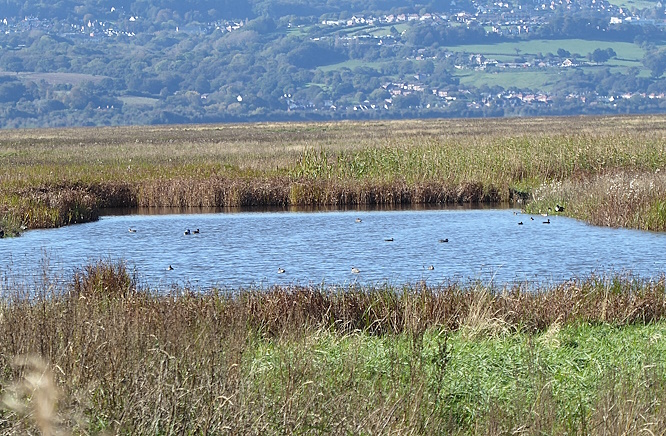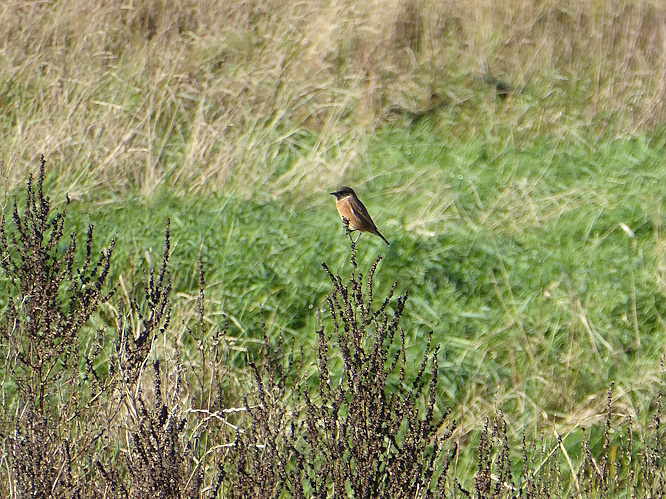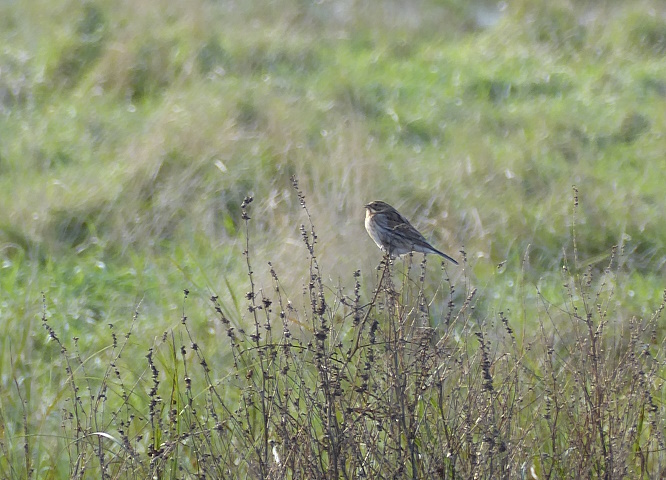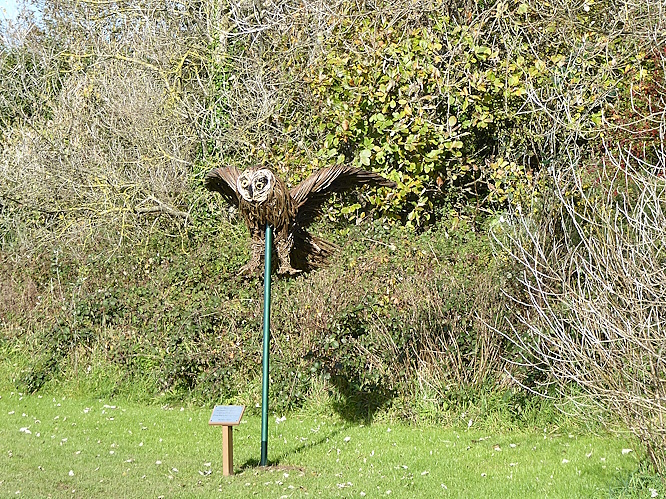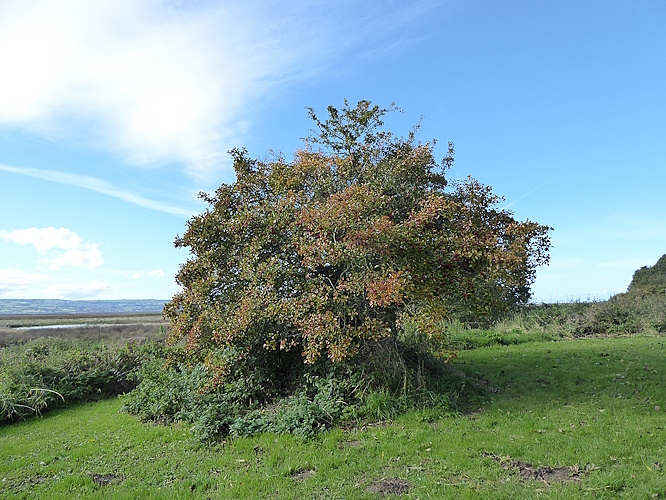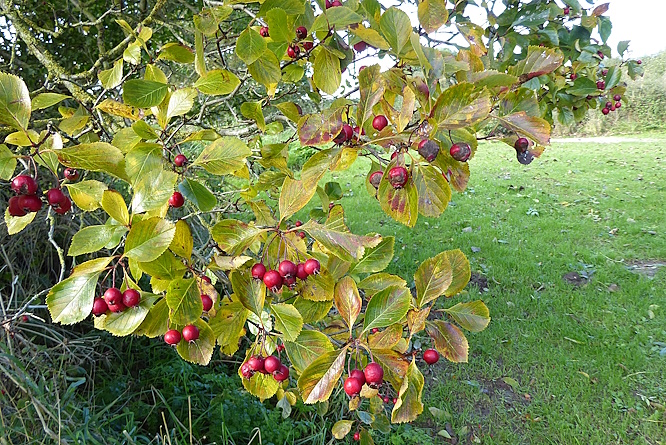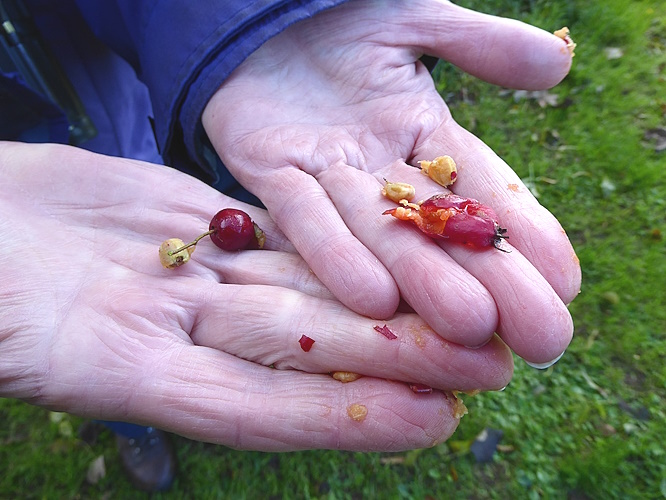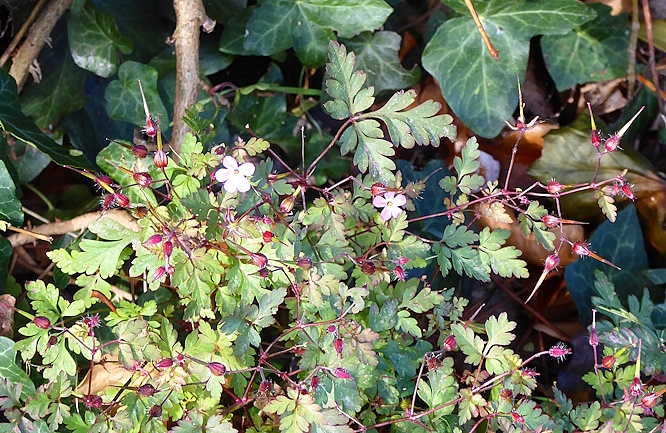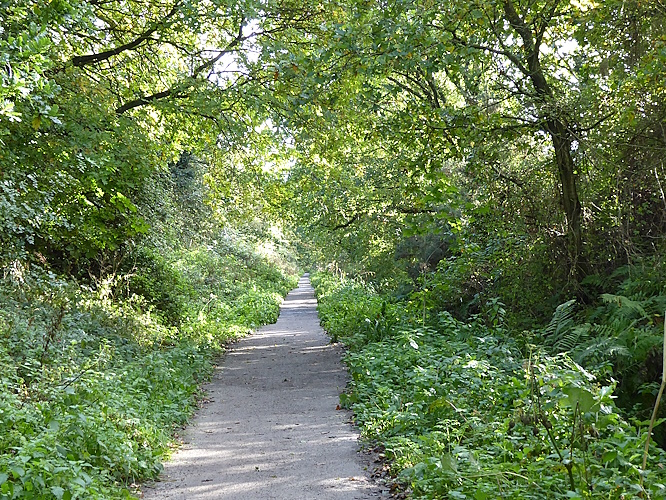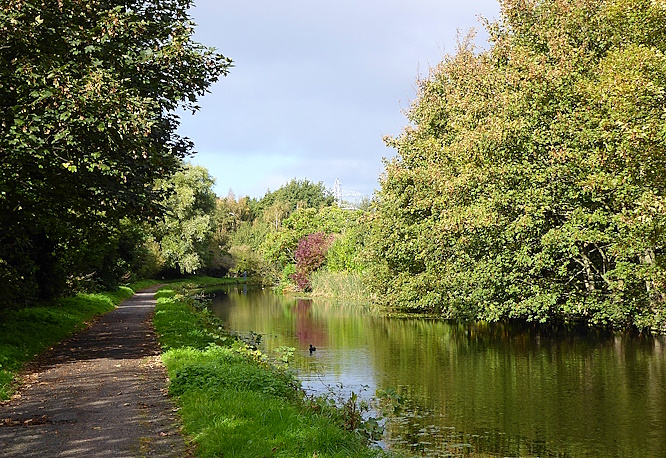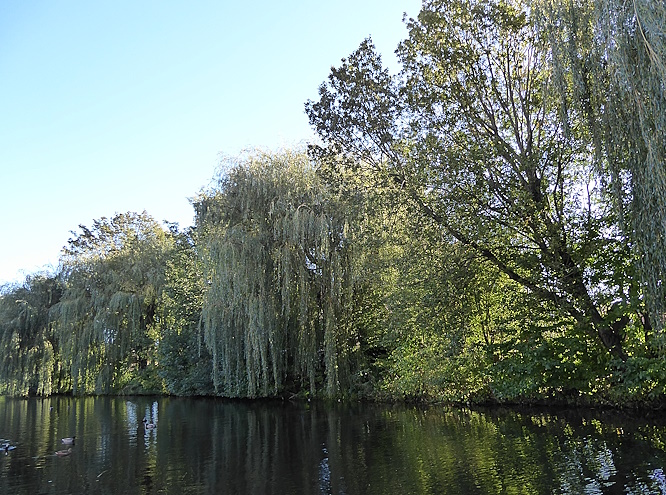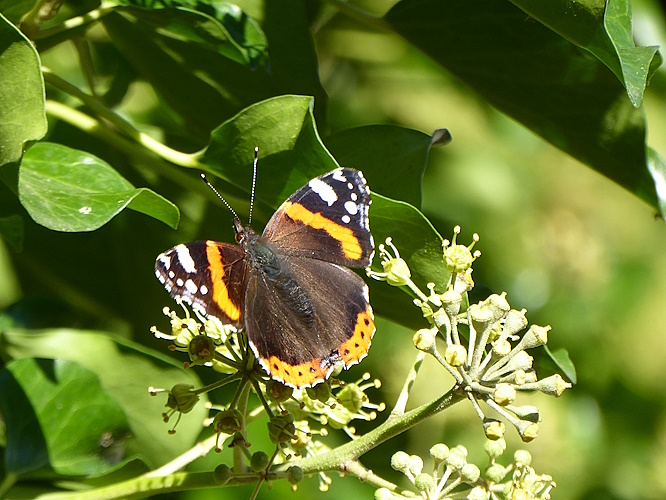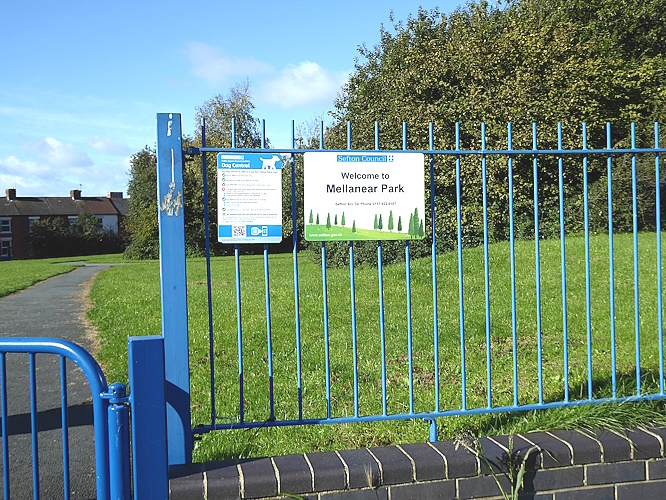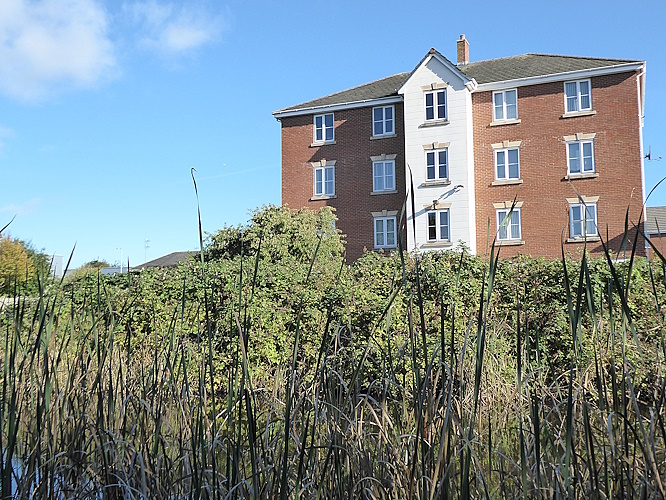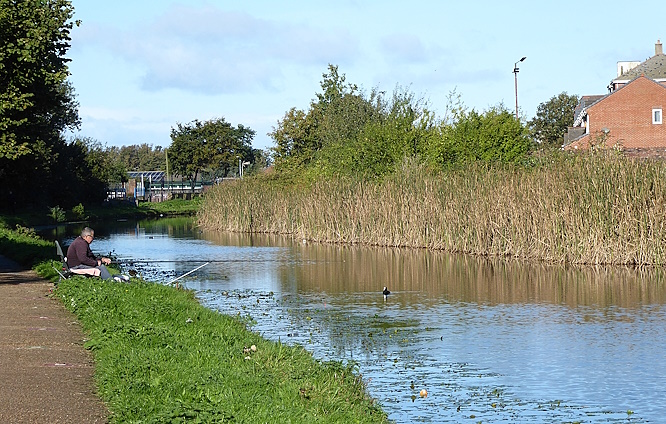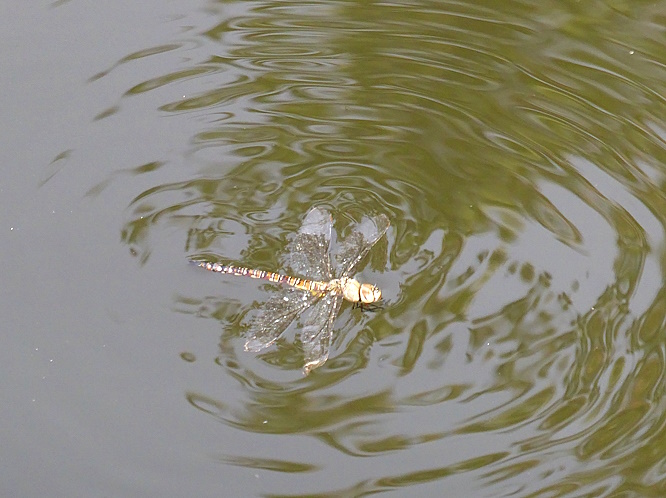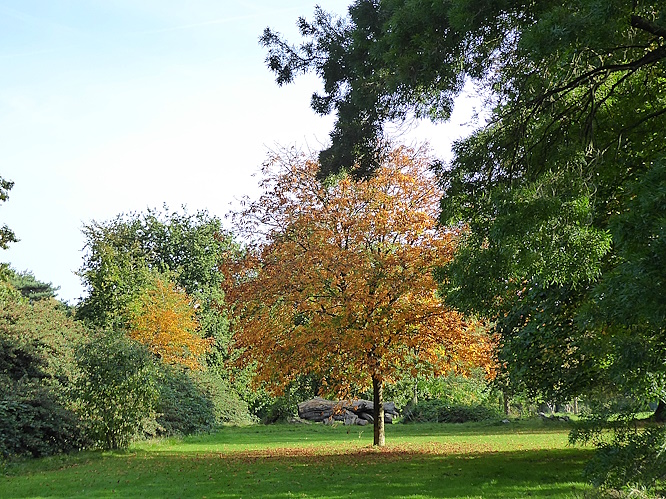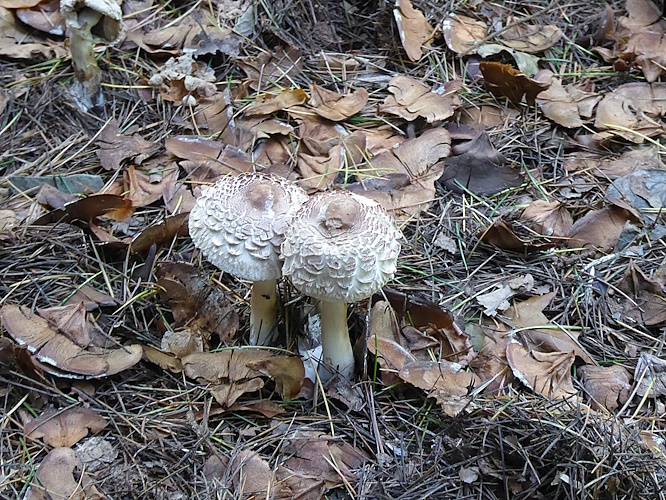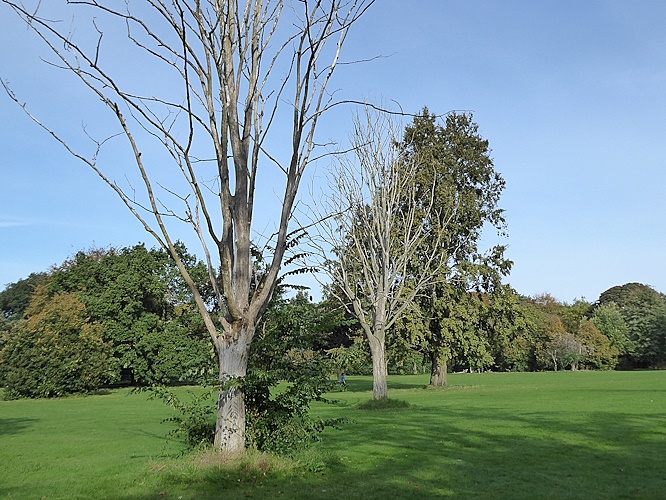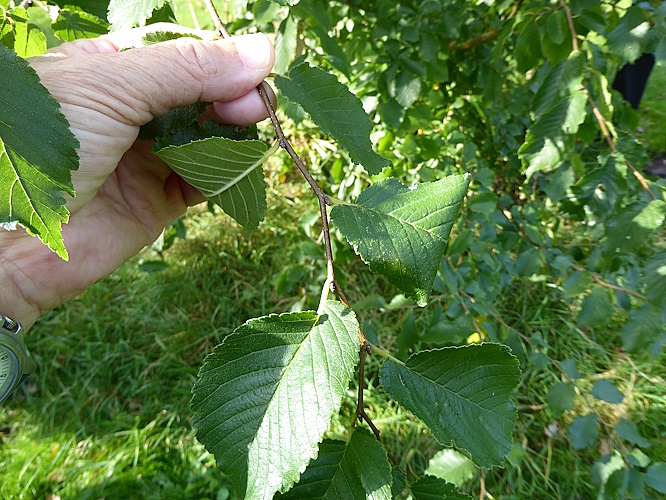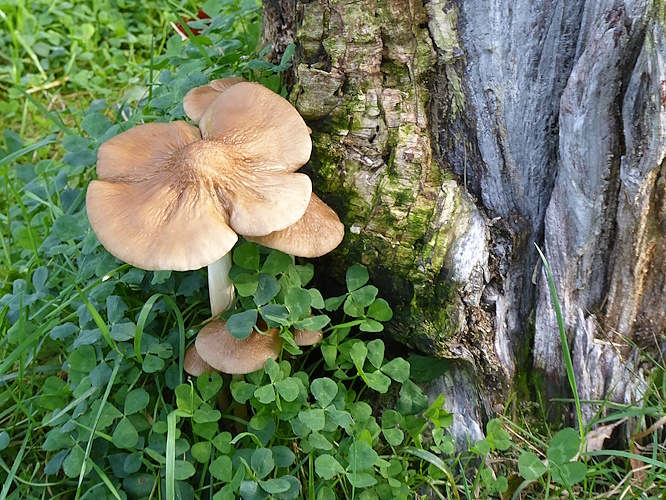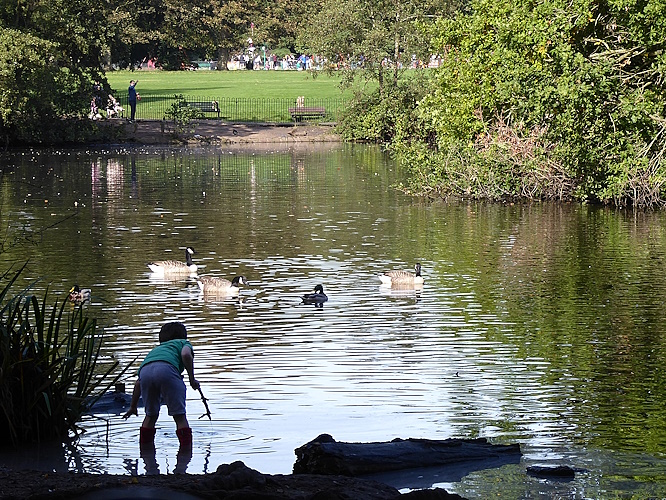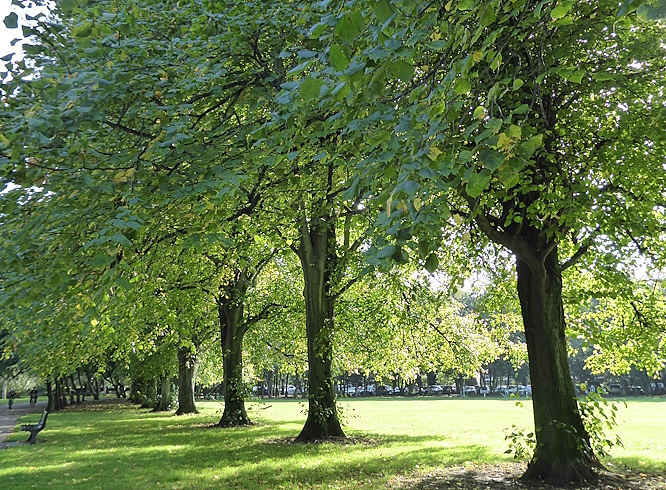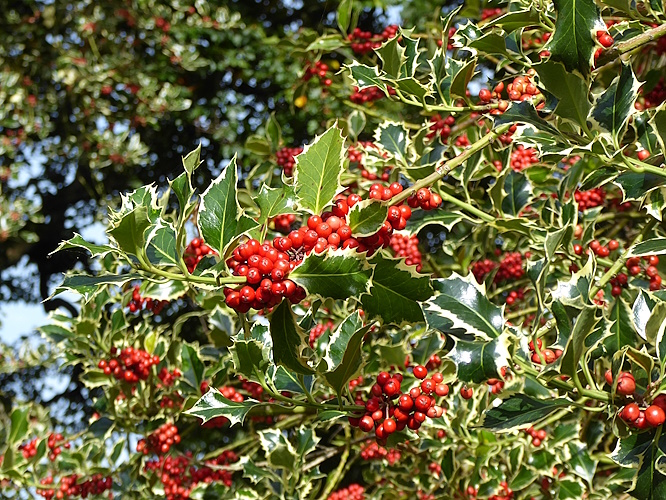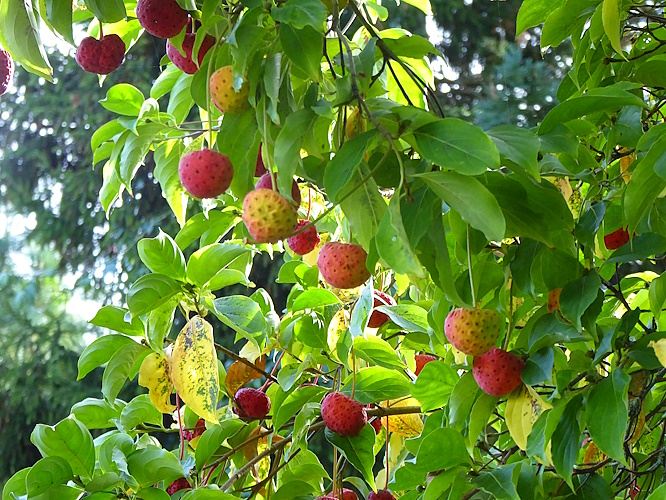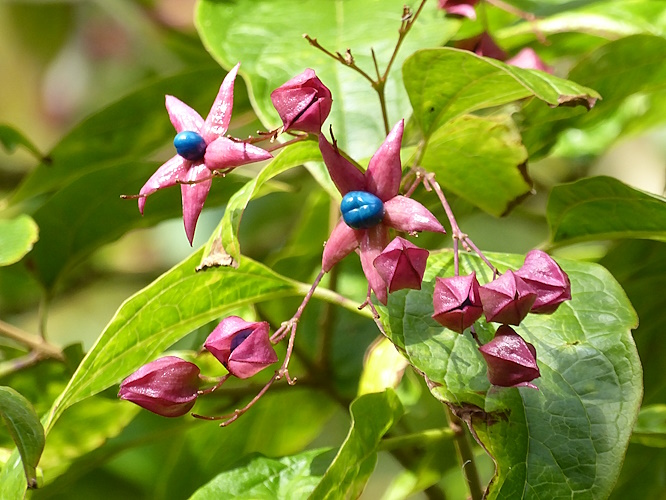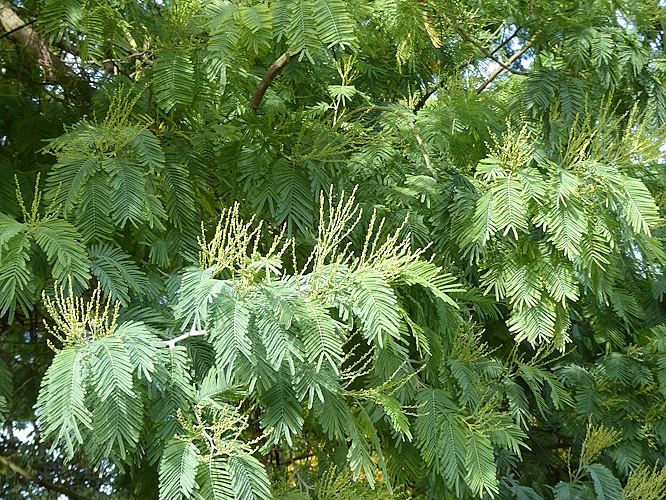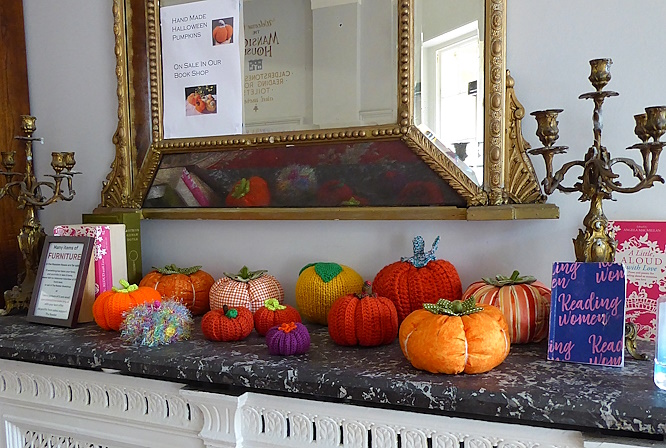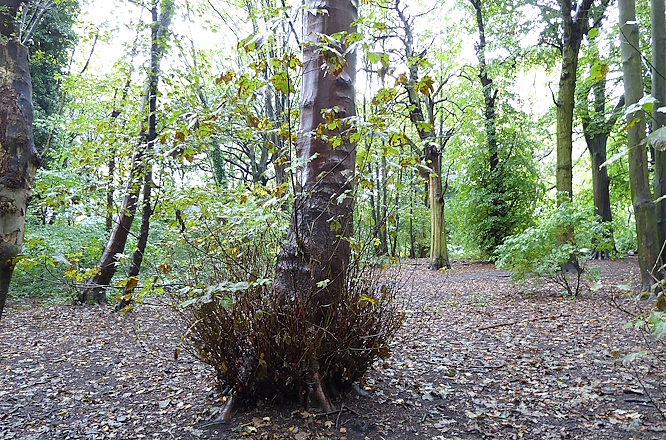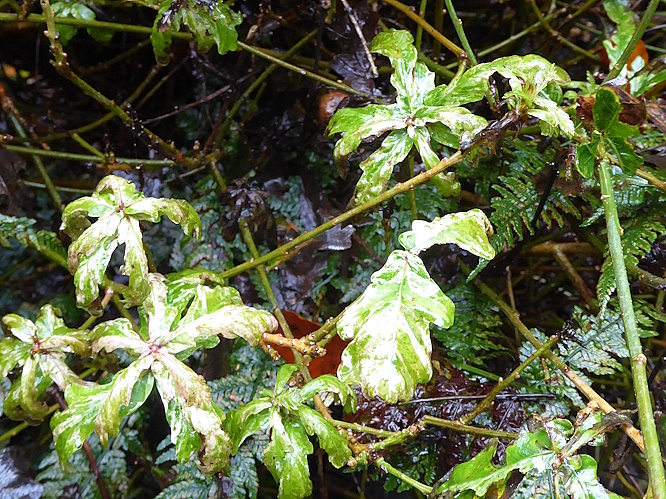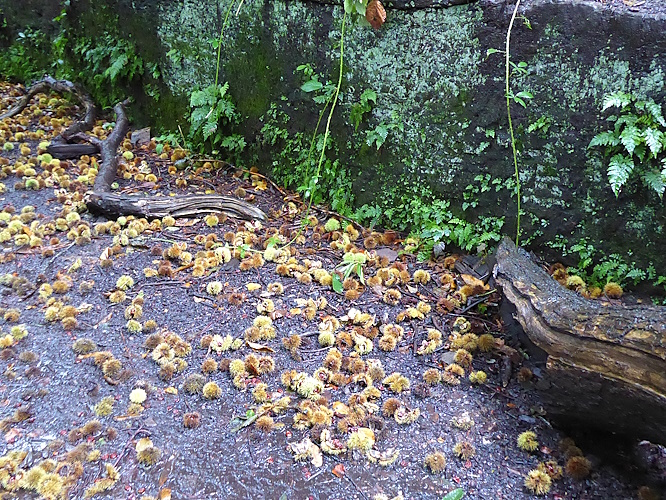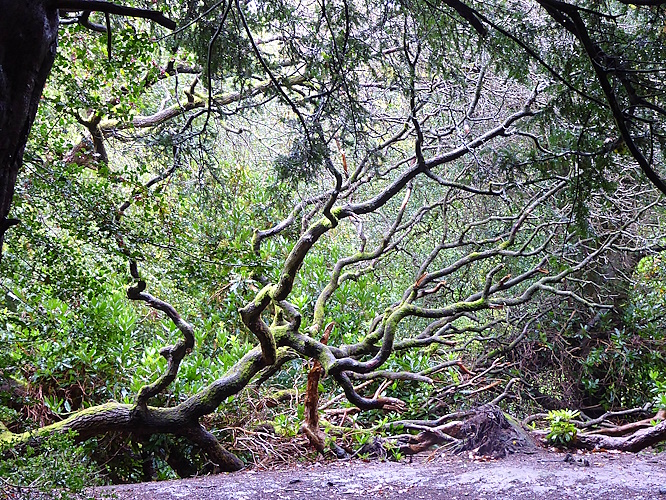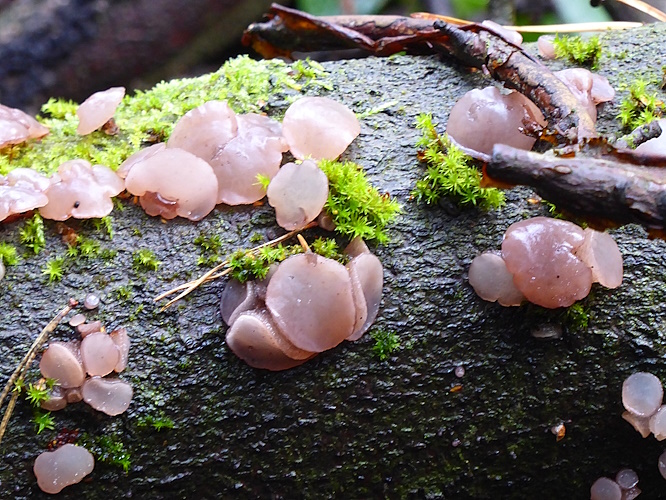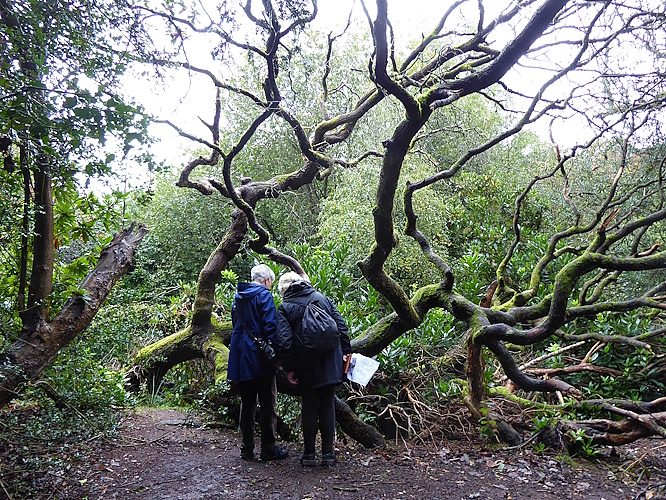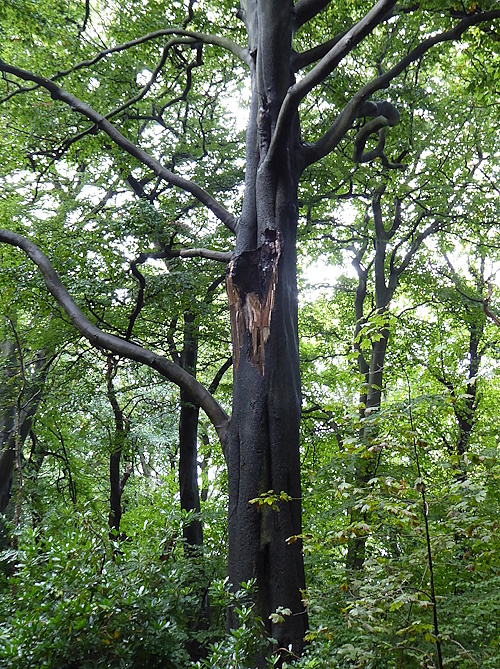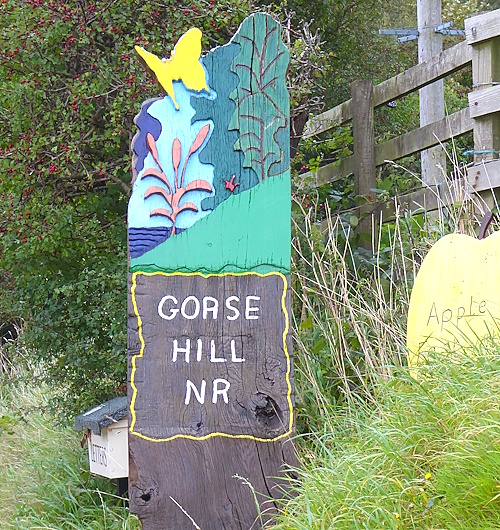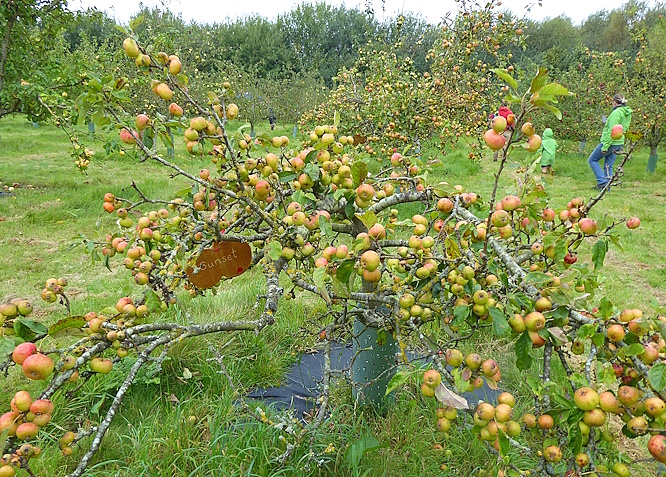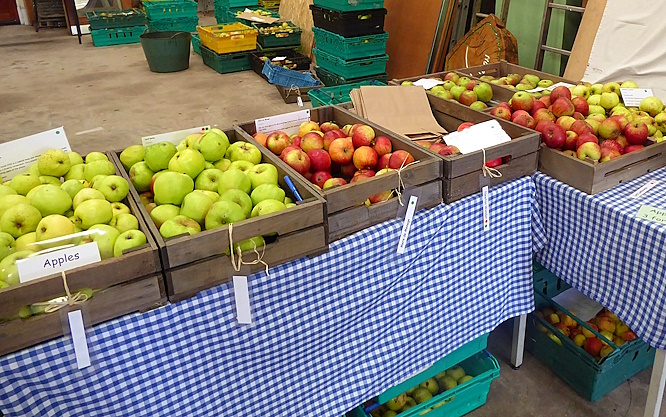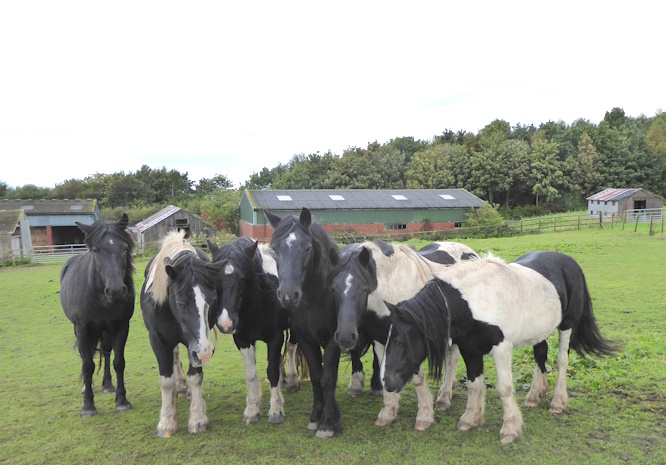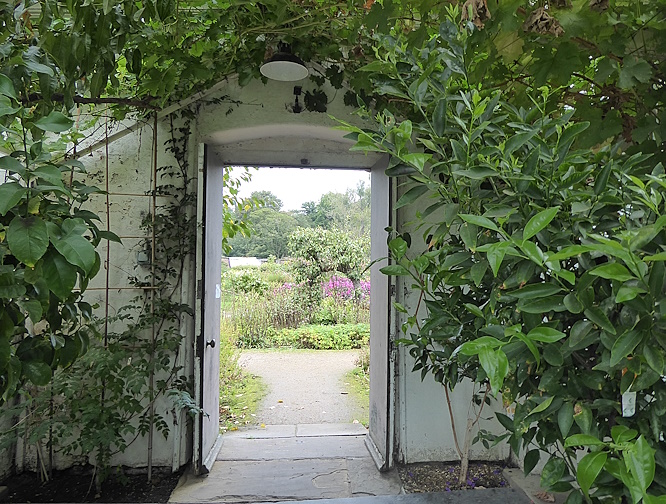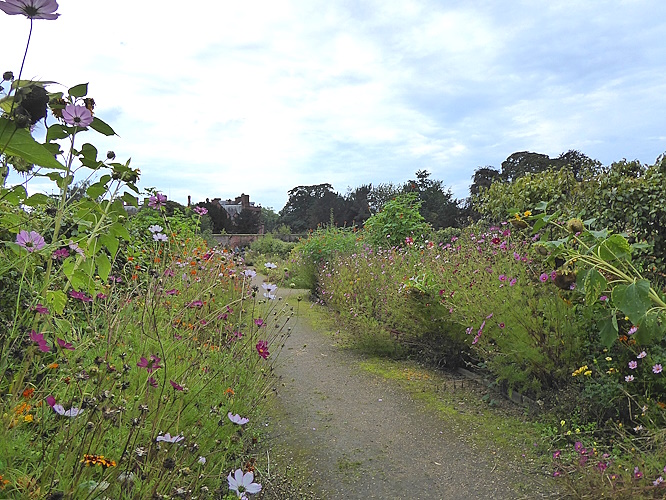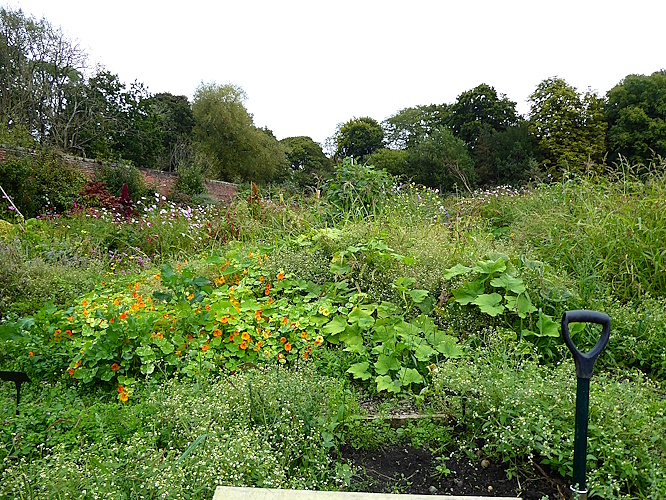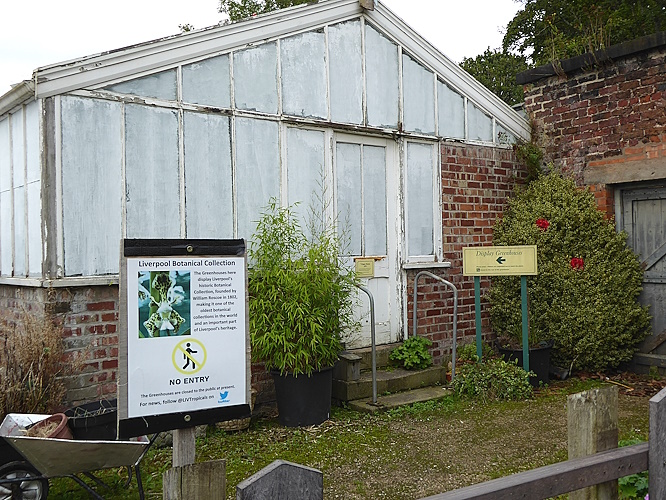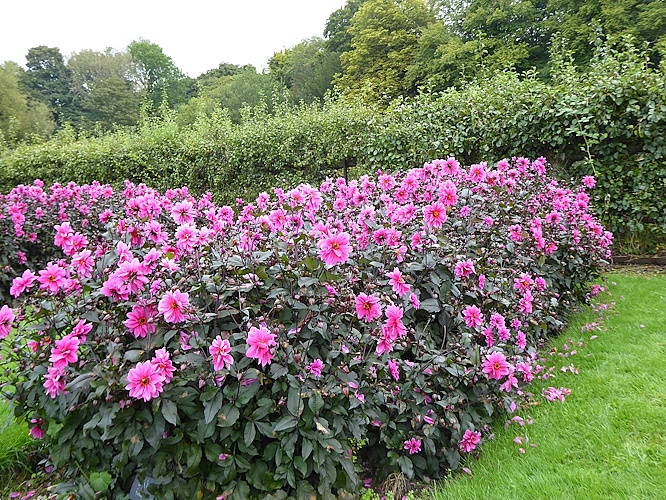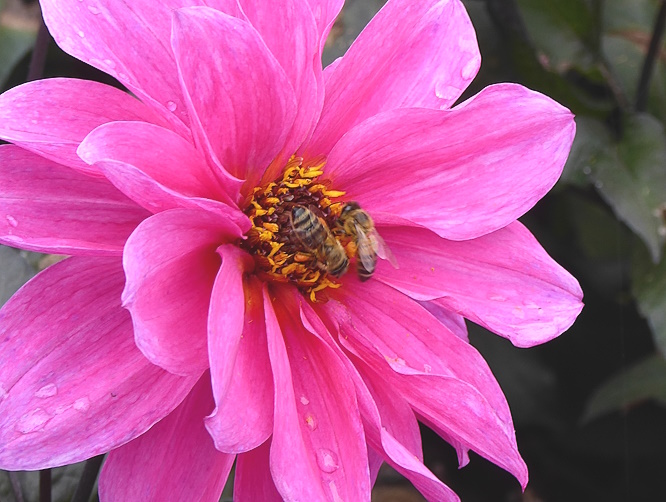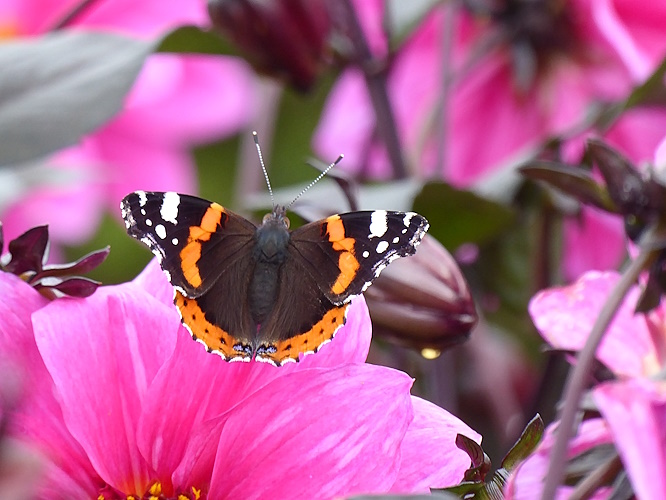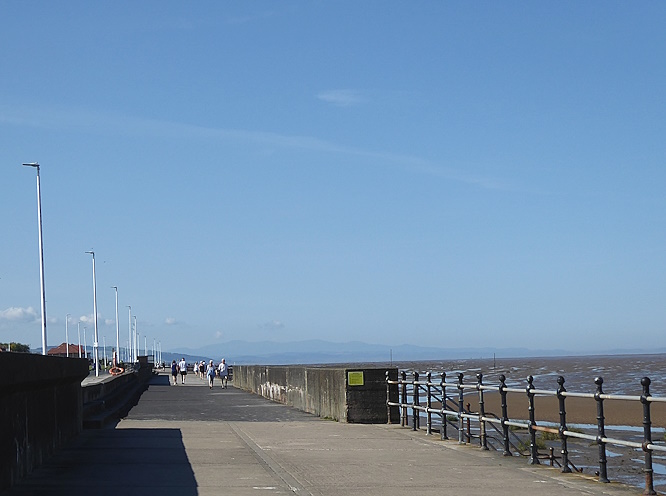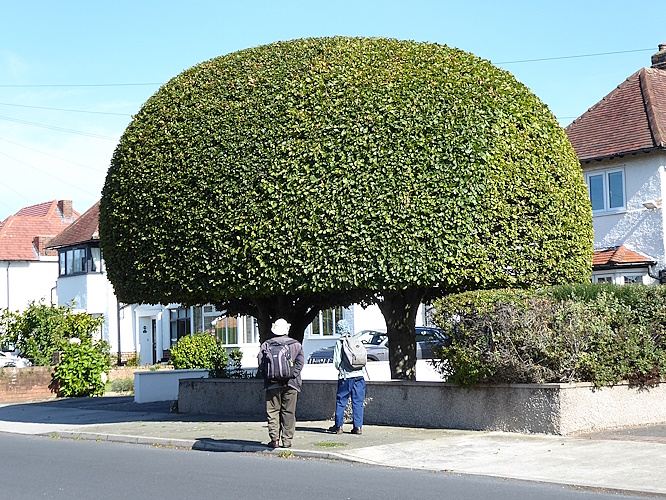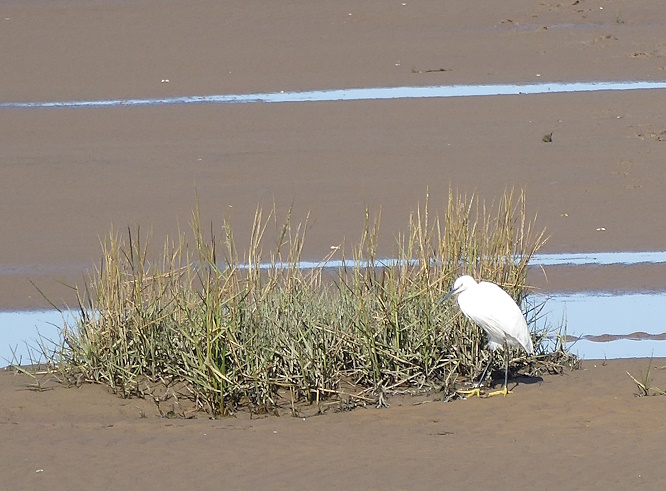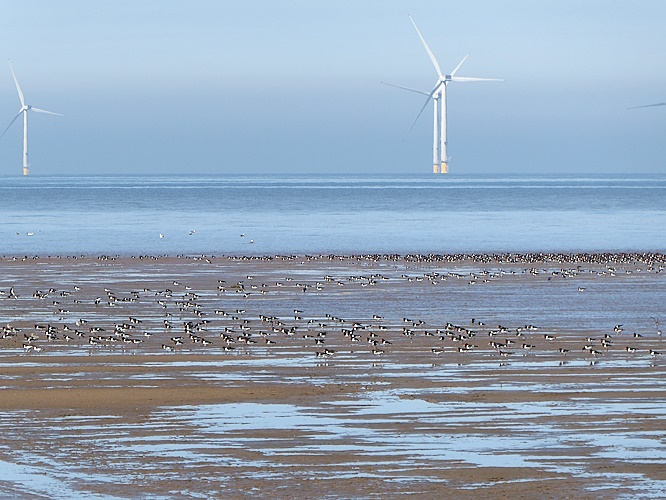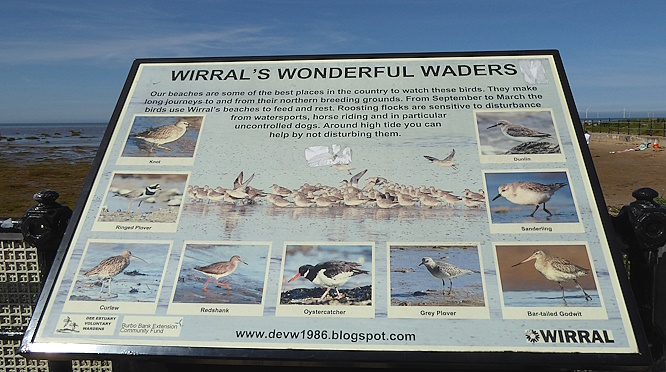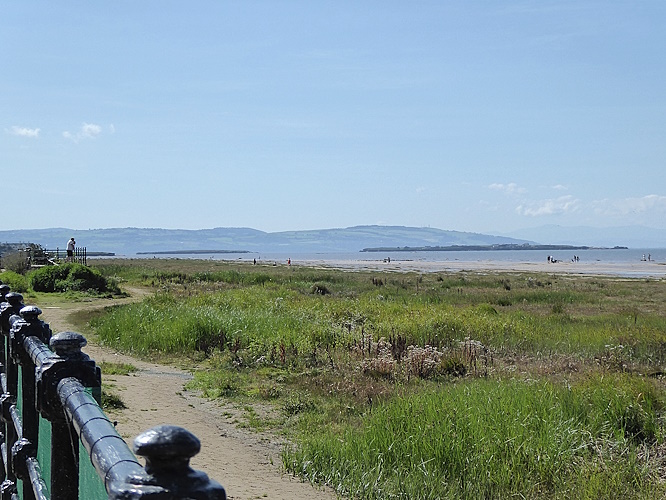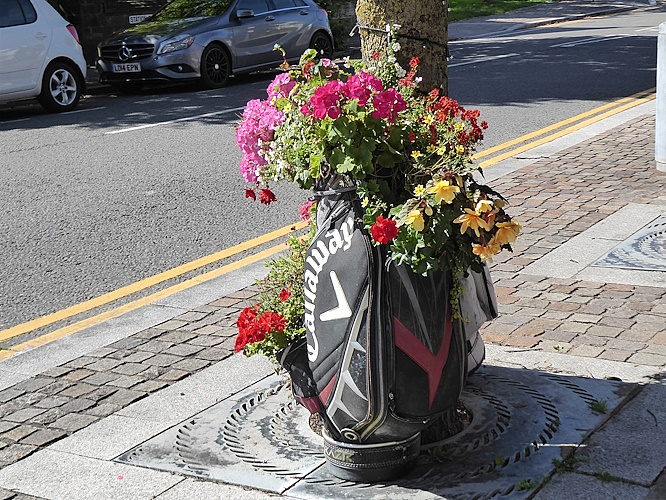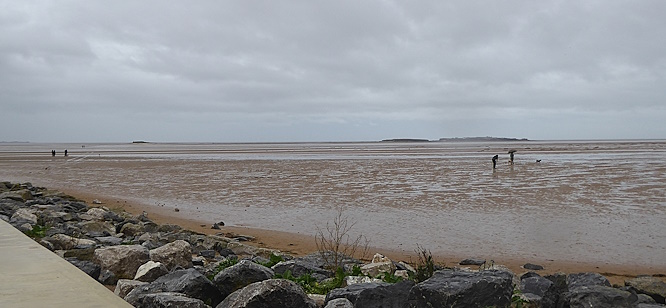
Our goal today was to look for several unusual birds, occasional winter visitors to the local coastline, which had been reported on various birder’s websites. It was a miserable day for it, with drizzly rain nearly all day, but at least it wasn’t cold. The tide was well out, with a few people on the wet sands out towards Hilbre Island, but they were on their way back, as high tide was due at 14.48. We ticked our first target bird almost right away, a juvenile Great Northern Diver on the Marine Lake.
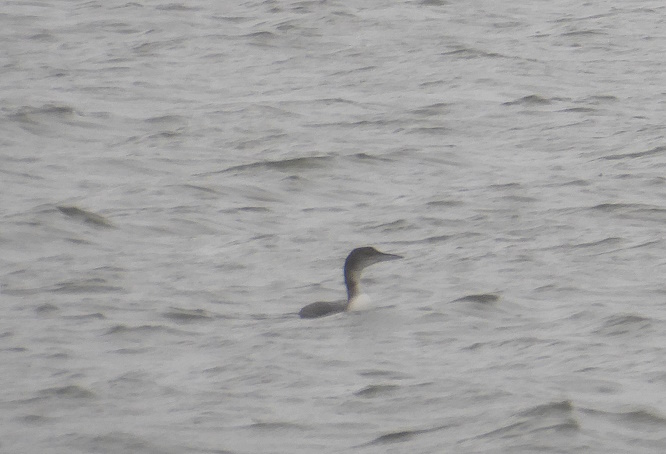
It wasn’t at all bothered by the wind surfers, but just came up, looked around for a second or two, then dived again. It’s a blink-and-you-missed-it sort of bird when feeding. It has been here for about three weeks, so it is getting plenty to eat – some sort of shellfish on the bottom, I suppose. It is the same species as the bird known in North America as the Common Loon.
The same birder’s website had reported a Common Scoter on the same lake on Saturday, but it was gone today. Pity that, as I have never seen one. The only other birds about were a Cormorant, the usual gulls, and a Redshank and Turnstone foraging by the edge.
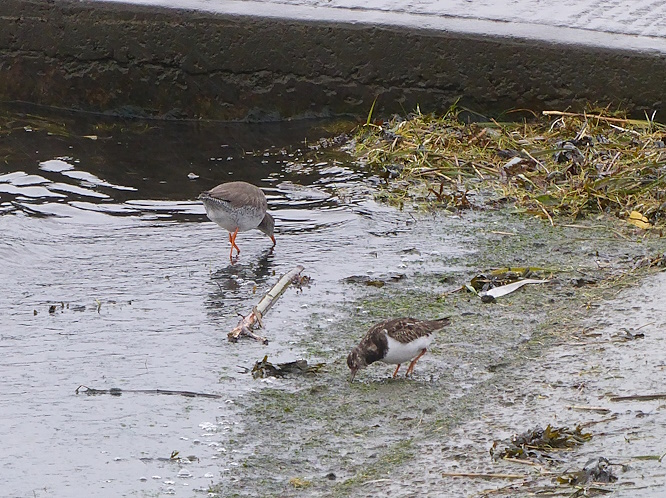
The rain was getting quite persistent so we headed up to Victoria Gardens, where there are little shelters, and sat to wait out the rain and have an early lunch.
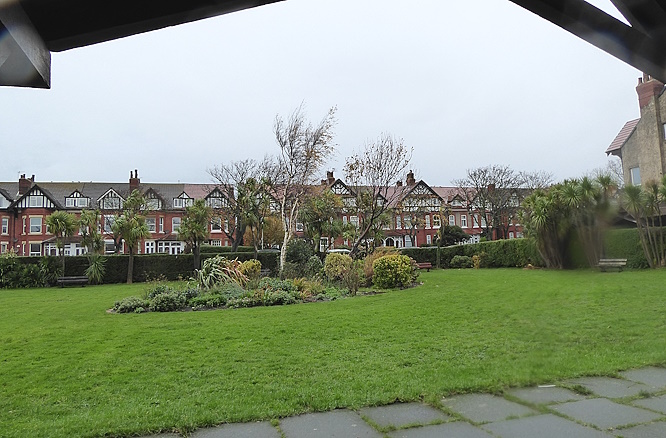
The third uncommon bird species we were looking for was a pair of Snow Buntings which had been reported on the rocks by the Dee Lane slipway for a week or two. They occasionally foraged further north along the narrow beach, but had decamped to Little Eye island on Saturday. Had they come back? They weren’t near the slipway, so after lunch we wandered northwards about 500 yards up the beach. No sign of them. There was a Stonechat on the fence at the top of bank and a Little Egret in the saltmarsh, but no Snow Buntings. A dog ran out into the marsh and put up a flock of 20 or so little brown birds. They wheeled around with a raggedy up-and down flight pattern, then settled. We could see where they landed, but they just disappeared into the vegetation. After they came up again they settled on the seaward edge of the marsh, and we could get a look at them at a distance. Hard to make out, but the behaviour and the bouncing flight suggests they were Linnets.
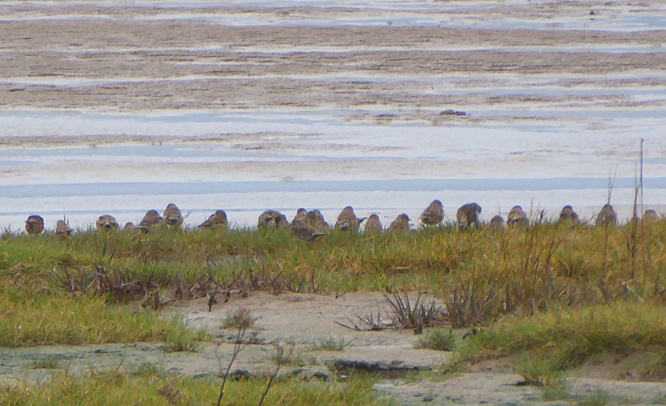
On the way back to the station we cut through Sandlea Park. Their roses are still blooming, some clumps of Feverfew were still in bloom and in the “Incredible Edibles” bed there were a couple of pink strawberry flowers, some sheltered Nasturtiums and a sprig of late raspberries trying to ripen.
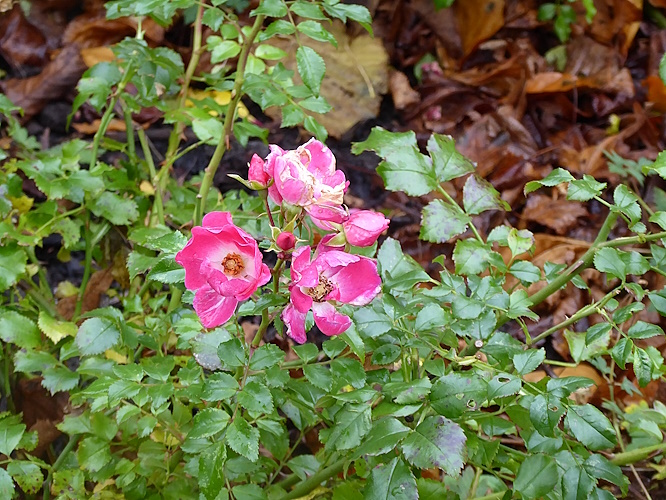
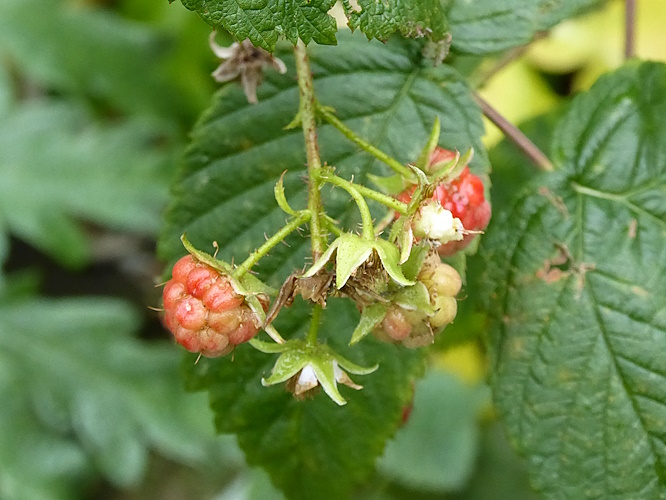
Public transport details: Train from Central at 10.05, arriving West Kirby 10.35. Returned on the 2.05 train, arriving Liverpool 2.35.

